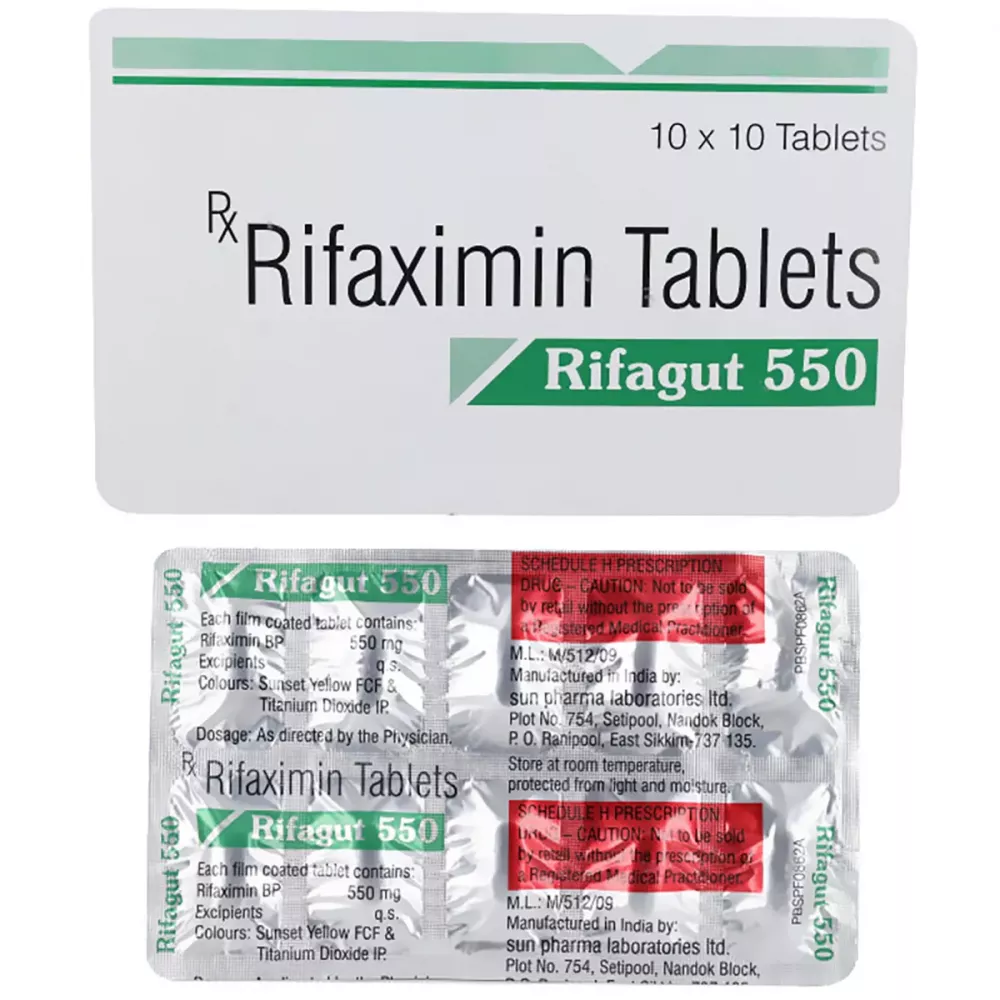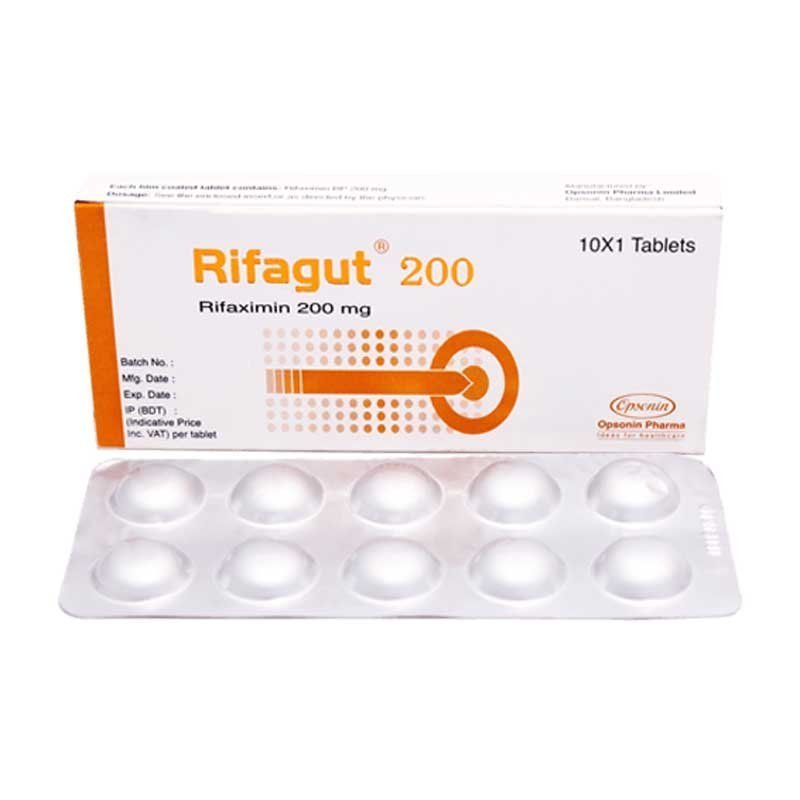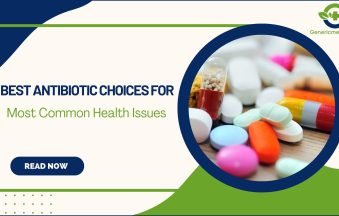Atropine: A Critical Drug for Nerve Agent Poisoning
Imagine a world where a single drop of liquid could stop your heart, paralyze your muscles, and suffocate you within minutes. This isn’t science fiction—it’s the terrifying reality of nerve agent poisoning. But in this chemical arms race, humanity has a powerful ally: Atropine.
In an era where chemical warfare remains a looming threat, understanding the role of atropine isn’t just fascinating—it’s potentially lifesaving. 💊🛡️ This unassuming drug, derived from the deadly nightshade plant, stands as our frontline defense against some of the most lethal substances known to man. But how does it work? Why is it so crucial? And how has it shaped modern medicine and military preparedness?
Join us as we delve into the world of nerve agents and their antidotes. We’ll explore the science behind atropine’s lifesaving properties, its proper administration, and its critical role in both medical and military settings. Finally, we’ll look at exciting advancements in atropine-based treatments that could revolutionize our approach to chemical threats. Buckle up for a journey through the high-stakes world of chemical warfare and the humble drug that’s keeping us safe. 🔬🚑
Understanding Nerve Agents
A. Types of nerve agents
Nerve agents are highly toxic chemical substances that disrupt the nervous system. The main types include:
- G-series agents:
- Sarin (GB)
- Soman (GD)
- Tabun (GA)
- Cyclosarin (GF)
- V-series agents:
- VX
- VR
- VM
- Novichok agents:
- A-230
- A-232
- A-234
These agents vary in their potency, volatility, and persistence in the environment, making them particularly dangerous as chemical weapons.
B. How nerve agents affect the body
Nerve agents interfere with the normal functioning of the nervous system by inhibiting acetylcholinesterase, an enzyme crucial for nerve signal transmission. This leads to:
- Accumulation of acetylcholine in synapses
- Continuous stimulation of muscles and glands
- Disruption of vital bodily functions
C. Symptoms of nerve agent poisoning
Symptoms of nerve agent exposure can appear within seconds to hours, depending on the dose and route of exposure. Common symptoms include:
- Pinpoint pupils and blurred vision
- Excessive salivation and sweating
- Difficulty breathing and chest tightness
- Nausea, vomiting, and abdominal cramps
- Muscle twitching and seizures
- Confusion and loss of consciousness
D. Urgency of treatment
Immediate treatment is crucial in cases of nerve agent poisoning. The rapid onset of symptoms and potential for severe, irreversible damage necessitates quick action. Atropine, as a primary antidote, must be administered as soon as possible to counteract the effects of nerve agents and prevent fatal outcomes. The effectiveness of treatment diminishes significantly with delayed intervention, emphasizing the critical nature of prompt recognition and response to nerve agent exposure.
Atropine: The Lifesaving Antidote
A. What is atropine?
Atropine is a powerful anticholinergic drug derived from the belladonna plant. It acts as a competitive antagonist of acetylcholine receptors, particularly in the parasympathetic nervous system. This unique property makes atropine invaluable in treating various medical conditions, including:
- Bradycardia (slow heart rate)
- Certain types of poisoning
- Eye examinations
- Gastrointestinal disorders
B. How atropine counteracts nerve agents
Atropine’s effectiveness against nerve agents lies in its ability to block the effects of excess acetylcholine. When exposed to nerve agents, the body experiences a dangerous buildup of acetylcholine, leading to severe symptoms. Atropine works by:
- Blocking acetylcholine receptors
- Preventing further stimulation of affected organs
- Alleviating symptoms such as excessive secretions and muscle spasms
- Restoring normal nervous system function
C. History of atropine use in poisoning cases
The use of atropine as an antidote dates back to the early 20th century. Key milestones include:
- 1901: First documented use of atropine to treat organophosphate poisoning
- World War II: Increased research on atropine as a chemical warfare countermeasure
- 1950s: Development of atropine autoinjectors for military personnel
- Present day: Continued use and refinement of atropine-based treatments for various poisoning scenarios
Now that we understand the critical role of atropine in counteracting nerve agents, let’s explore how this lifesaving drug is administered in emergency situations.
Administration of Atropine
Dosage and methods of delivery
Atropine administration for nerve agent poisoning typically involves rapid intramuscular injection using autoinjectors. The standard initial dose is 2-6 mg, repeated every 5-10 minutes until symptoms improve. For severe cases, intravenous administration may be necessary, with doses up to 20 mg. Atropine can also be delivered via endotracheal tube in emergency situations.
Timing of administration
Prompt administration of atropine is crucial in nerve agent poisoning. Treatment should begin immediately upon suspicion of exposure or onset of symptoms. The goal is to deliver the antidote within minutes of exposure to maximize effectiveness and prevent long-term complications.
Potential side effects
While atropine is lifesaving in nerve agent poisoning, it can cause several side effects:
- Dry mouth and throat
- Blurred vision
- Increased heart rate
- Urinary retention
- Confusion or disorientation
- Hyperthermia
These effects are generally considered acceptable given the severity of nerve agent poisoning.
Combining atropine with other treatments
Atropine is often used in conjunction with other medications for comprehensive treatment:
- Oximes (e.g., pralidoxime): Reactivate inhibited acetylcholinesterase
- Anticonvulsants (e.g., diazepam): Control seizures
- Bronchodilators: Manage respiratory symptoms
This multi-faceted approach enhances overall treatment efficacy and improves patient outcomes in severe cases of nerve agent poisoning.
Now that we’ve covered the administration of atropine, let’s explore its specific applications in medical and military settings.
Atropine in Medical and Military Settings
Stockpiling for emergency preparedness
Atropine plays a crucial role in emergency preparedness, particularly in areas at risk of chemical attacks or industrial accidents involving organophosphates. Hospitals, military bases, and emergency response units maintain strategic stockpiles of atropine to ensure rapid deployment in case of mass casualties. These stockpiles typically include:
- Atropine autoinjectors for quick administration
- Intravenous atropine solutions
- Atropine tablets for less severe cases
Use in civilian hospitals
In civilian medical settings, atropine serves multiple purposes beyond nerve agent poisoning treatment:
- Cardiac emergencies: Used to treat bradycardia and certain types of heart blocks
- Ophthalmology: Dilates pupils for eye examinations
- Anesthesia: Reduces secretions during surgical procedures
- Pesticide poisoning: Treats organophosphate exposure in agricultural settings
Hospitals maintain protocols for atropine administration, ensuring staff are trained to recognize symptoms of nerve agent poisoning and respond swiftly.
Military applications and field use
The military relies heavily on atropine as a critical chemical weapon countermeasure. Soldiers in high-risk areas carry atropine autoinjectors as part of their standard equipment. Military applications include:
- Individual soldier kits with atropine-pralidoxime combination autoinjectors
- Mobile atropine administration units for mass casualty scenarios
- Training programs to ensure proper use and recognition of nerve agent symptoms
Field use of atropine requires careful consideration of potential side effects, particularly in high-stress combat situations. Military medical personnel are trained to balance the lifesaving benefits of atropine with the need to maintain operational readiness.
Advancements in Atropine-based Treatments
New formulations for easier administration
In recent years, significant strides have been made in developing new formulations of atropine for easier and more efficient administration. These advancements include:
- Atropine autoinjectors: Compact, pre-filled devices for rapid intramuscular injection
- Intranasal sprays: Allow for quick absorption through the nasal mucosa
- Transdermal patches: Provide sustained release of atropine over time
These innovations aim to improve the speed and ease of atropine delivery, particularly in emergency situations where every second counts.
Research on enhanced effectiveness
Ongoing research focuses on enhancing atropine’s effectiveness against nerve agent poisoning. Key areas of study include:
- Combination therapies: Pairing atropine with other drugs to boost its efficacy
- Targeted delivery systems: Improving atropine’s ability to reach affected tissues
- Dose optimization: Determining the most effective dosage for various scenarios
Scientists are also exploring genetic factors that may influence individual responses to atropine, paving the way for more personalized treatment approaches.
Alternative and complementary therapies
While atropine remains the gold standard for nerve agent poisoning treatment, researchers are investigating alternative and complementary therapies to enhance overall patient outcomes. These include:
- Bioscavengers: Enzymes that can neutralize nerve agents before they cause harm
- Neuroprotective agents: Substances that can mitigate long-term neurological damage
- Advanced supportive care techniques: Improving respiratory and cardiovascular support
These emerging approaches, combined with atropine, may offer more comprehensive protection against the devastating effects of nerve agent exposure. As research progresses, the medical community continues to refine and expand its arsenal against chemical weapon threats.
Conclusion
Atropine stands as a crucial defense against the devastating effects of nerve agent poisoning. From its mechanism of action to its administration protocols, this drug plays a vital role in both medical and military settings. As we’ve explored, atropine’s ability to counteract the cholinergic crisis caused by nerve agents makes it an indispensable tool in emergency response and preparedness.
The ongoing advancements in atropine-based treatments underscore the importance of continued research and development in this field. As threats evolve, so too must our methods of protection and treatment. By staying informed about atropine and its applications, healthcare professionals, military personnel, and emergency responders can better safeguard lives in the face of chemical threats.




















Add comment